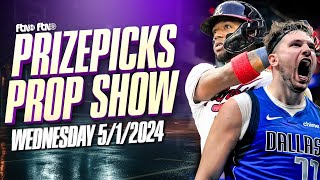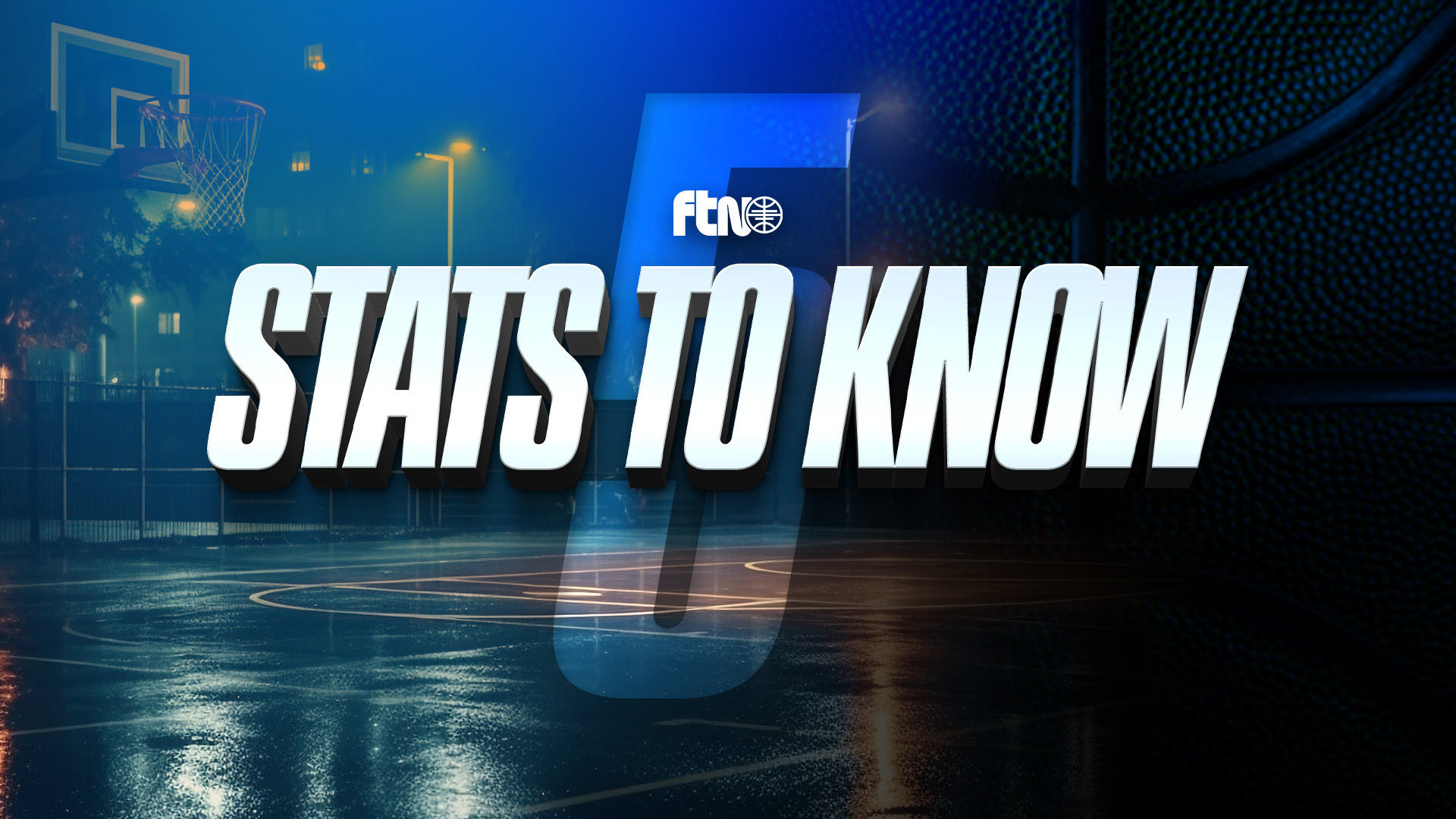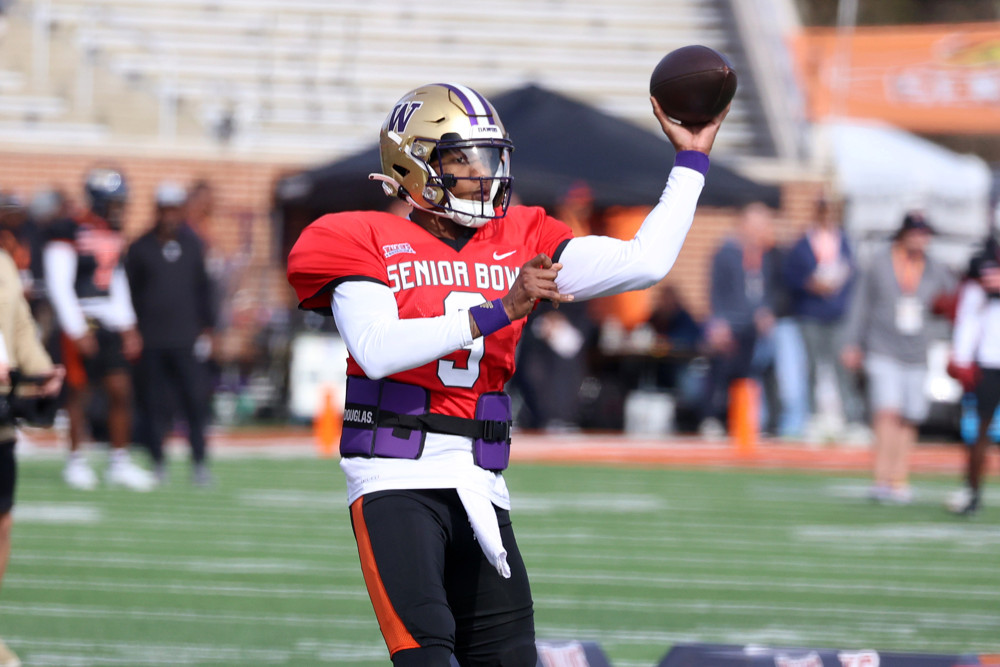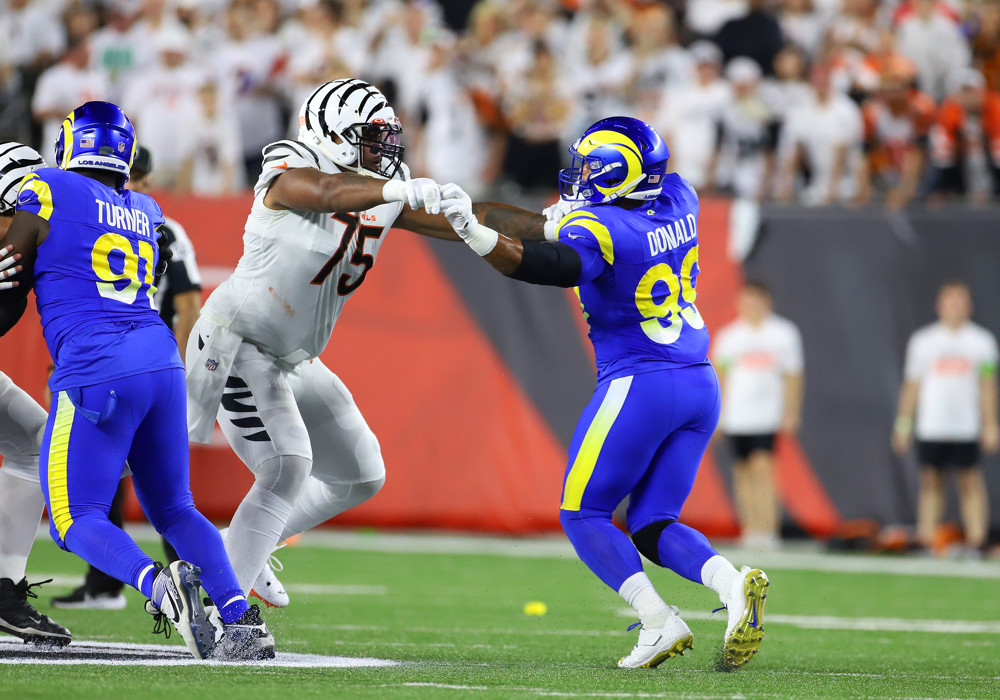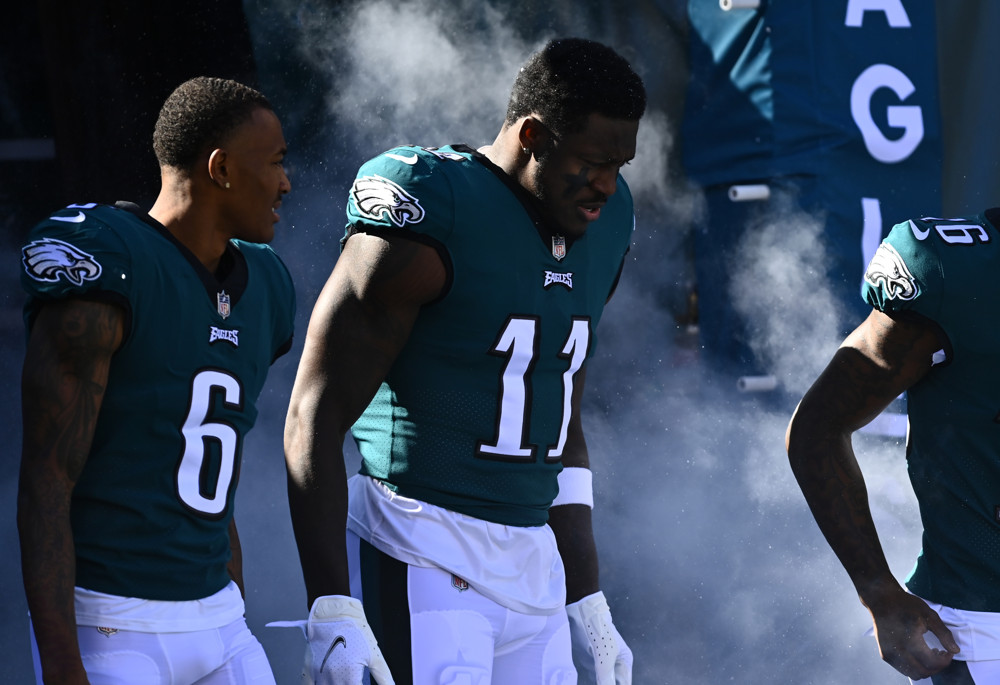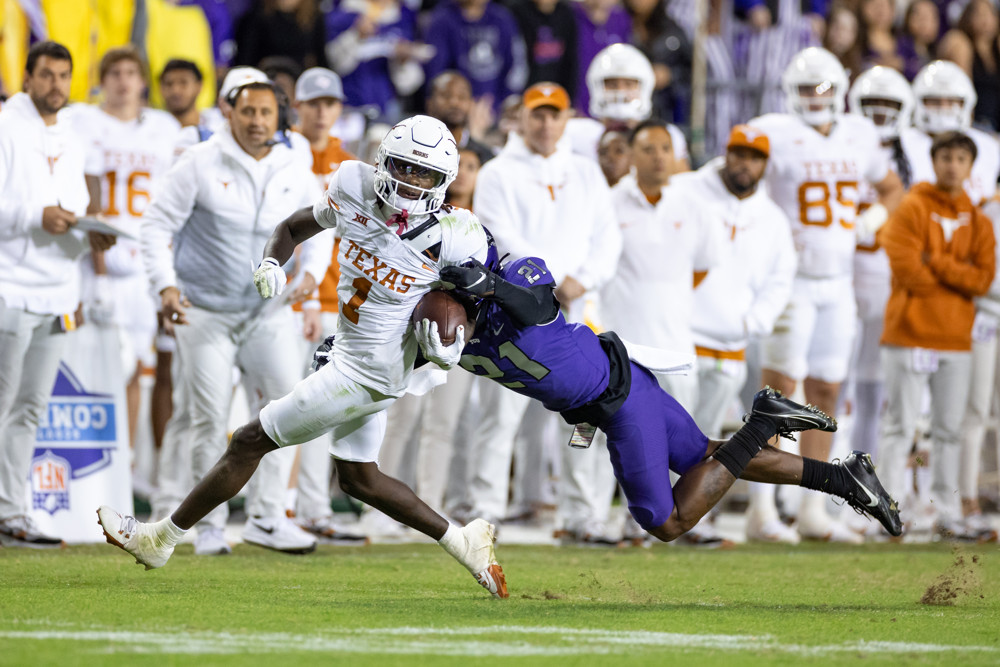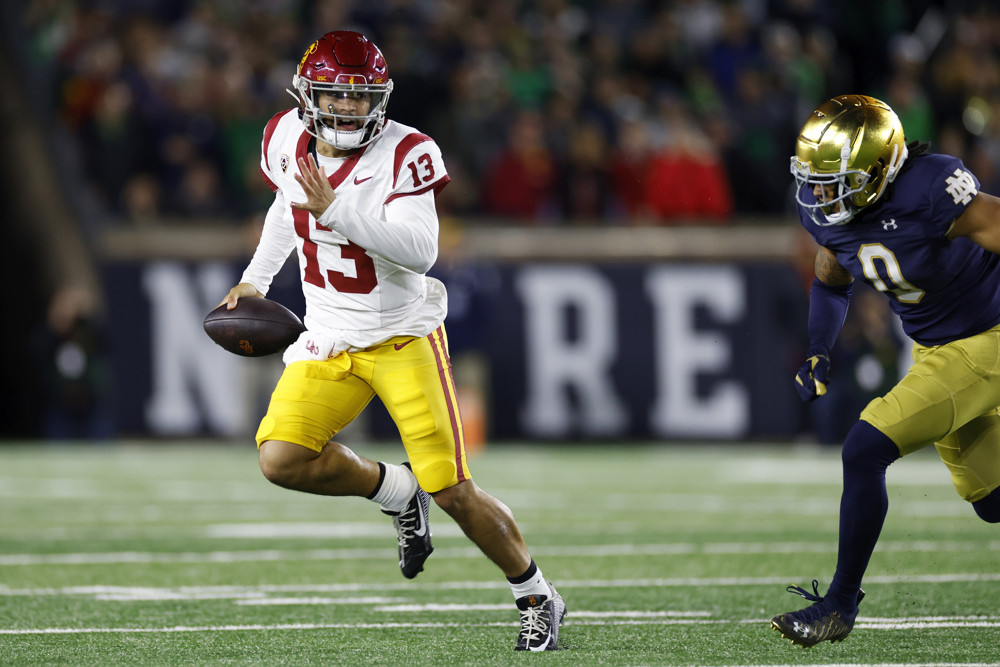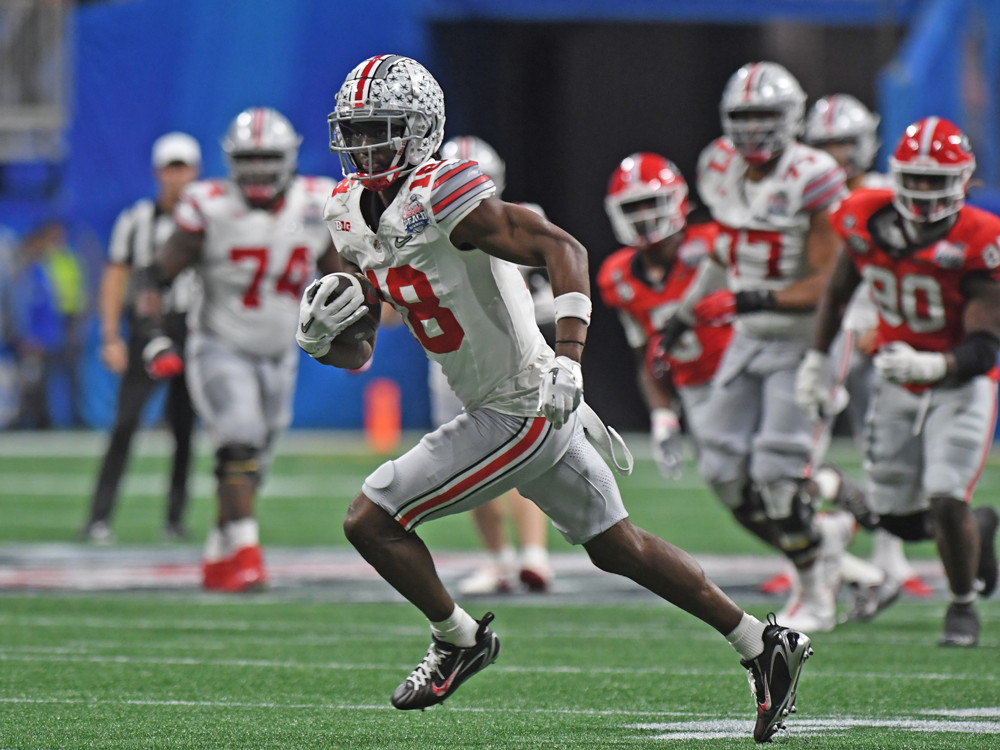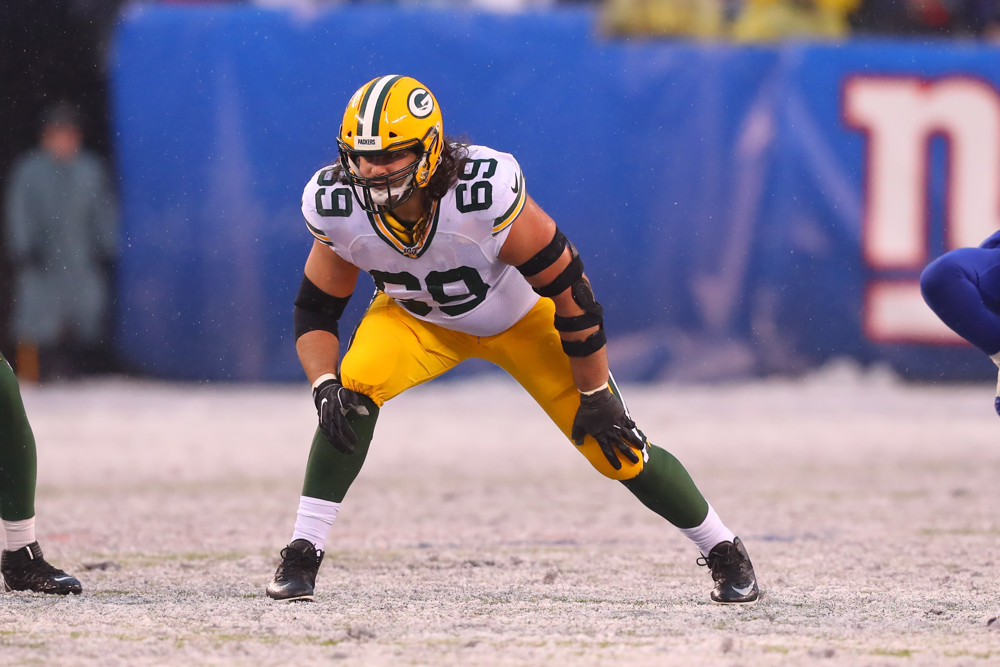
Studying and planning for what’s next is a necessity in fantasy football. Everyone knows this.
What’s less understood is the importance of looking backward. If you want to gain an edge in your fantasy leagues, you need to learn from your prior decisions. Whether these decisions were good ones or bad ones, there’s always something to be learned by going back and re-evaluating the past.
In this piece I’ll highlight the three biggest things I learned about the running back position this year by looking back at how the 2022 season unfolded.
Check our look back at what changed at the quarterback position.
The RB Dead Zone Came Back to Life
Drafting a running back in Rounds 3-6 in fantasy was considered one of fantasy football’s biggest no-nos in 2022. This range was known as the “RB Dead Zone,” and the logic against drafting backs in this range stated the opportunity cost of foregoing another position (typically WR) at this point in the draft was too much to justify taking an RB.
This past year however, the aversion for drafting backs in this range went too far. If we look back at which RBs had an ADP between the third and sixth rounds (assuming a 10-team league), you come up with the following list:
- Leonard Fournette (ADP 24)
- James Conner (27)
- Ezekiel Elliott (28)
- Travis Etienne (36)
- Cam Akers (37)
- David Montgomery (38)
- Breece Hall (44)
- Josh Jacobs (48)
- J.K. Dobbins (50)
- AJ Dillon (51)
- Antonio Gibson (58)
- Dameon Pierce (60)
If you followed the rule not to draft any backs in this range, you would have passed on Josh Jacobs – the overall RB1 this year in non-PPR, RB3 in PPR – because you were following a bit of logic that now feels outdated.
Simply passing on Jacobs is understandable — there are always backs who emerge from outside the first two rounds and perform well — but even outside of Jacobs, there are plenty of names on this list you would have been excited about.

Travis Etienne and Ezekiel Elliott both finished the season inside the top 20 RBs. Breece Hall gave fantasy managers fantastic early-season production prior to getting injured. Cam Akers erupted onto the scene in the fantasy playoffs and helped many managers win championships. Throw in some solid production when healthy from guys like Dameon Pierce, J.K. Dobbins, James Conner and Leonard Fournette, and all of a sudden the “Dead Zone” doesn’t feel so lifeless.
Keep this logic in mind when drafting next year. Maybe it’s not the Dead Zone specifically, but there is value to be had at the RB position by zigging when the rest of your league is zagging.
Age Is Just a Number
In recent years, the analytics community has treated the RB position like the plague, and no players were impacted more by that than the “older” backs. Running back is viewed as a somewhat replaceable position, and the wear and tear that players accumulate through a few years in the NFL has made older running backs even more replaceable. Throw in the fact that most older backs are on their second contracts and cost more against the cap, and it becomes easy for an NFL GM to avoid older players at the position.
However, fantasy managers may need to shift their mindset here, as the age of a top performing fantasy back actually increased by almost a full year and a half. In 2021, the average age of an RB1 (top 10) was 24.7 years old; in 2022 that number jumped up to 26.1. This gap may feel small, but it’ll be important to keep it in mind when evaluating RBs who may initially appear to be on the wrong side of their prime.
While avoiding older (and more expensive) running backs may be the savvy move for NFL GMs, that doesn’t necessarily mean that’s the case for your fantasy teams. It can feel gross drafting an older back when a younger player with untapped upside is still on the board, but at the end of the day, the goal is to score fantasy points. At least in 2022, age wasn’t the hindrance many thought it might be.
Consistency Is a Good Thing
If you had to guess, how many of the top 20 fantasy RBs played for the same team in 2022 that they played for in 2021?
The answer is a whopping 18 (19 depending on if you give Christian McCaffrey a point for starting the season with the Panthers). Kenneth Walker was the only player who cracked the top 20 who wasn’t on his team the year prior, and it’s important to remember Walker didn’t even enter the season as Seattle’s starter.
Running back is largely considered a plug-and-play position, and fantasy analysts tend to get excited about the allure of a new landing spot. If 2022 was any indication, we may need to acknowledge that consistency and spending time in the same system can be valuable for RBs too.
With a strong free agency pool and strong draft class at the running back position this year, there’s going to be a lot of buzz around RBs who have newer landing spots. When drafting in 2023, let’s not forget to acknowledge that backs who are returning to their same teams can provide great value as well.












